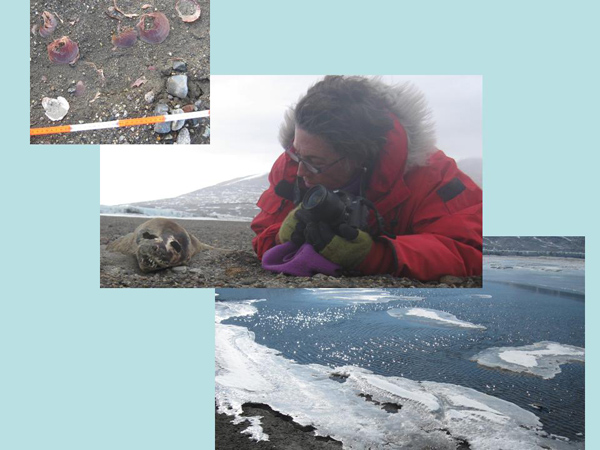
Image courtesy of S.E. Walker | ||||
| ||||
You might also be interested in:

Traveling Nitrogen Classroom Activity Kit
Check out our online store - minerals, fossils, books, activities, jewelry, and household items!...more
The Antarctic Region
What Will You Find There? South of the Antarctic Circle (at 66.5°S latitude) you will find the continent of Antarctica surrounded by the Southern Ocean, the geographic South Pole and the magnetic South...more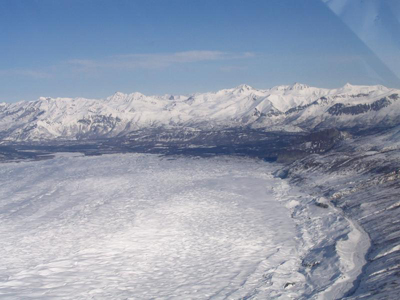
Glaciers and Ice Sheets
For a glacier to develop, the amount of snow that falls must be more than the amount of snow that melts each year. This means that glaciers are only found in places where a large amount of snow falls each...more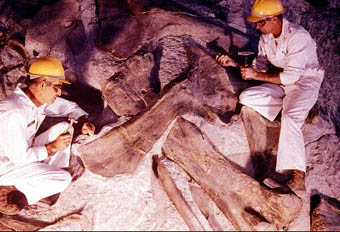
What Is a Fossil?
Fossils are evidence of ancient life preserved within sedimentary rocks. They are clues to what living things, ecosystems, and environments were like since life has existed on this planet. The oldest...more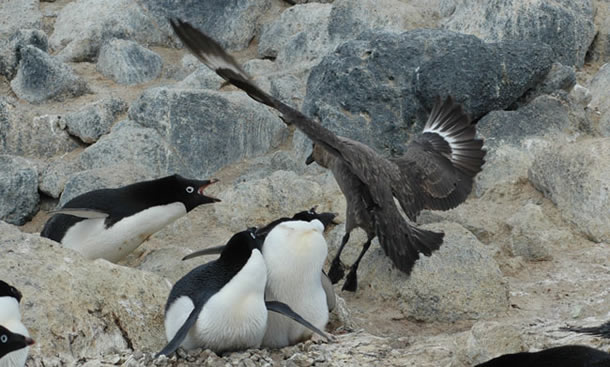
Skua Attack
The invading bird in this photograph is called a skua. Skuas fly over the nesting areas all day long looking for opportunities to carry off a meal. They too have chicks to feed and rely on the penguin...more
Antarctica
Antarctica is unique. It is the coldest, windiest, and driest continent on Earth. The land is barren and mostly covered with a thick sheet of ice. Antarctica is almost entirely south of the Antarctic Circle...more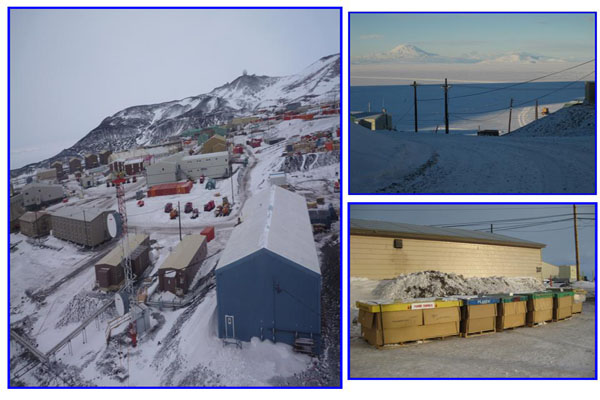
McMurdo Station, Ross Island, Antarctica
McMurdo Station in Antarctica gives one the impression of an impermanent, transient establishment nestled at the base of volcanic cinder cones, an isolated ice civilization at the edge of the unknown....more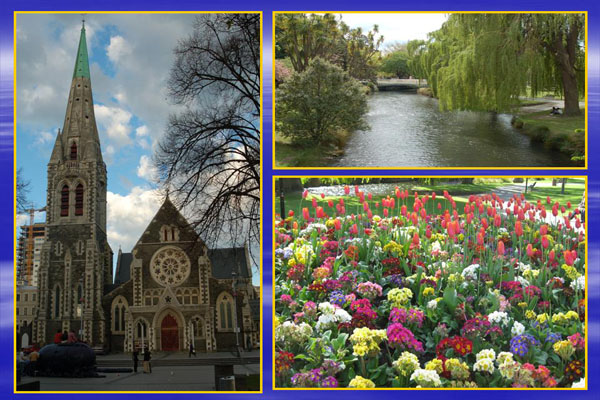
Christchurch, New Zealand
Landing in Christchurch, New Zealand, one of the world's windiest airports, is unforgettable. Snowcapped Southern Alps, braided streams criss-cross the landscape amidst a patchwork quilt of green pastures,...morePlease log in
Science Blogs
Real Climate: climate science from climate scientists

Windows to the Universe, a project of the National Earth Science Teachers Association, is sponsored in part is sponsored in part through grants from federal agencies (NASA and NOAA), and partnerships with affiliated organizations, including the American Geophysical Union, the Howard Hughes Medical Institute, the Earth System Information Partnership, the American Meteorological Society, the National Center for Science Education, and TERC. The American Geophysical Union and the American Geosciences Institute are Windows to the Universe Founding Partners. NESTA welcomes new Institutional Affiliates in support of our ongoing programs, as well as collaborations on new projects. Contact NESTA for more information.




